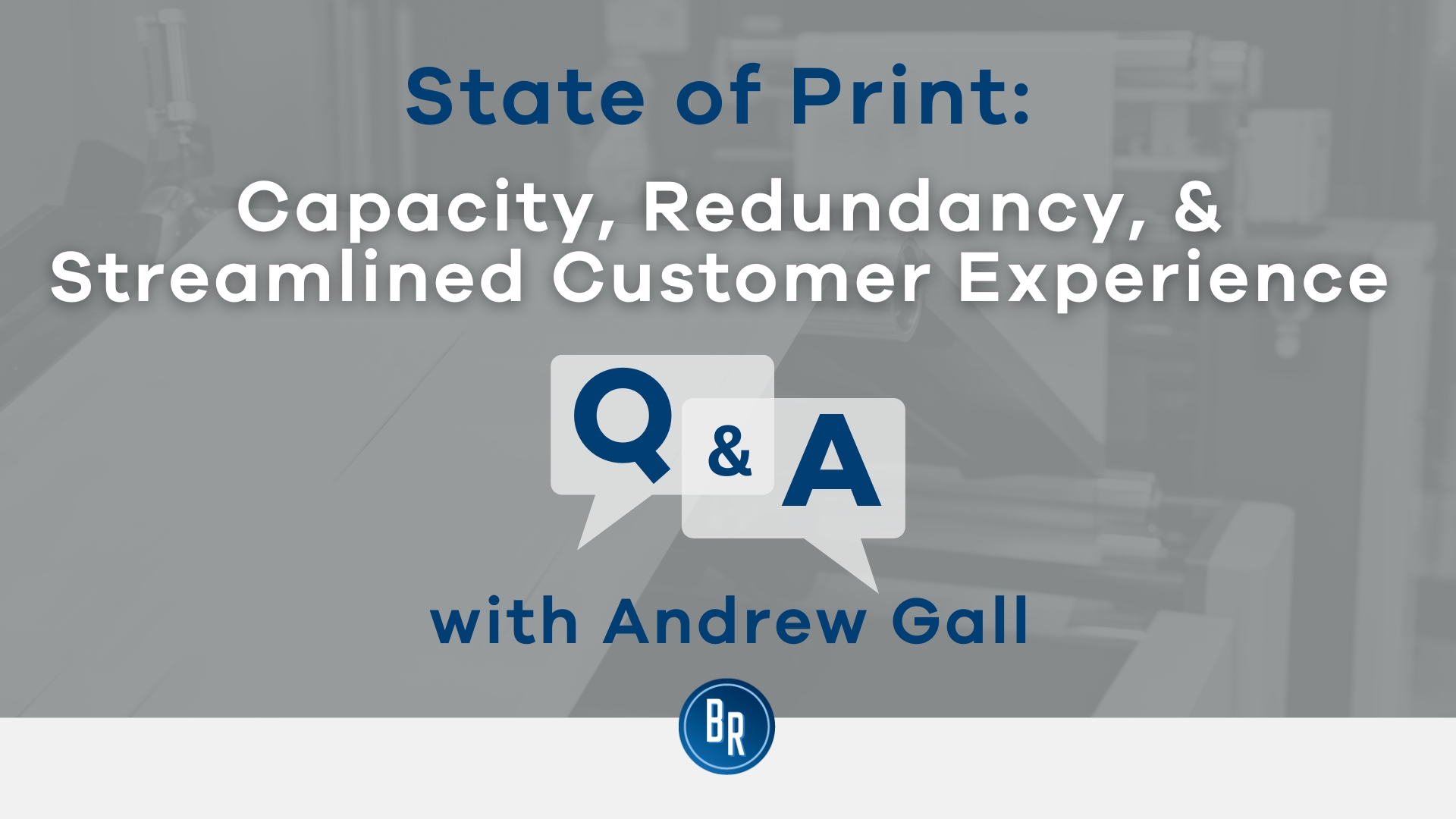Who Pays Redundancy Money? Comprehending Company Obligations in the UK
Who Pays Redundancy Money? Comprehending Company Obligations in the UK
Blog Article
Checking Out the Operational Dynamics of Business Redundancy and Its Long-Term Sustainability

Redundancy Methods for Company Connection
In order to make certain undisturbed operations, services should execute reliable redundancy methods for company continuity. Redundancy in this context describes the duplication of essential elements or functions within a system to minimize the effect of potential failures. By incorporating redundancy methods, companies can improve their resilience versus disturbances created by numerous aspects such as all-natural catastrophes, equipment failings, or cyber-attacks.
One typical redundancy technique is the implementation of back-up systems and information storage options. This involves creating duplicates of essential data and systems that can be activated in situation of a main system failure. Furthermore, companies can establish redundant communication channels and power resources to keep connectivity and operations during unanticipated events.
Furthermore, cross-training workers to do multiple duties within the company can act as an important redundancy technique. If vital personnel are inaccessible due to ailment or various other factors, this makes sure that crucial tasks can still be lugged out even. In general, efficient redundancy techniques are vital for businesses to maintain operational continuity and minimize the impact of possible disturbances.
Impact of Redundancy on Organizational Strength
Given the crucial duty redundancy techniques play in ensuring business continuity, exploring the influence of redundancy on business resilience becomes important for understanding the alternative functional dynamics of a business. Redundancy, when purposefully executed, can dramatically add to enhancing a company's durability in the face of unanticipated challenges.
Furthermore, redundancy can reinforce employee spirits and confidence, knowing that there are backup strategies in position to deal with unforeseen scenarios. This feeling of safety and security can result in raised efficiency and a much more positive workplace. In addition, redundancy can foster advancement and creative thinking within a company as workers feel empowered to take calculated threats, understanding that there is a safeguard to sustain them in instance of failing. In general, the impact of redundancy on business resilience is extensive, shaping the long-term sustainability and success of a company.
Balancing Efficiency and Versatility in Redundancy
Attaining a harmonious stability in between functional effectiveness and adaptive adaptability is an essential obstacle in the tactical release of redundancy within organizations. As well much adaptability without a solid functional structure can result in inadequacies and inconsistency.
To stabilize performance and versatility in redundancy planning, organizations need to very carefully analyze their functional requirements, market dynamics, and critical goals. Ultimately, discovering the ideal balance in between efficiency and flexibility is essential for building a sustainable and resilient organization in the face of unpredictability.
Long-Term Sustainability Through Redundancy Planning
To ensure long-lasting stability and security, companies need to purposefully align their redundancy preparation with long-lasting sustainability goals, thereby integrating functional performance with flexible adaptability. Firms should check out redundancy not as a responsive option to prompt issues but as an aggressive strategy for long-lasting success.

Aggressive Actions for Sustainable Business Procedures
Just how can companies proactively enhance their functional sustainability for long-lasting success? Executing proactive procedures is necessary for companies aiming to make sure sustainable procedures. One crucial technique is to purchase innovation and technology to simplify processes, decrease waste, and stay competitive in the market. Embracing sustainable methods such as reducing power intake, minimizing carbon footprint, and optimizing resource utilization can not only benefit the atmosphere but additionally result in cost financial savings in the future.
Moreover, cultivating a society of continual improvement and discovering within the company can boost adaptability to changing market conditions and customer needs. Motivating worker involvement in decision-making processes and providing possibilities for expert growth can enhance morale, explanation efficiency, and overall efficiency. Developing Going Here clear goals, keeping track of vital efficiency indicators, and frequently evaluating progress are crucial components of positive sustainability management.
Teaming up with distributors, clients, and various other stakeholders to advertise sustainable practices throughout the supply chain can produce a ripple result of positive effect - redundancy pay if company goes bust. By taking aggressive steps towards operational sustainability, firms can develop strength, drive development, and safeguard their lasting success in an ever-evolving organization landscape
Final Thought

In the realm of business management, the critical deployment of company redundancy stands as a crucial yet detailed method that requires a delicate equilibrium between functional efficiency and lasting practicality. By dissecting the functional dynamics that underpin company redundancy and evaluating its broader ramifications for business strength and versatility, a nuanced understanding of just how redundancy strategies can shape the future trajectory of a company begins to unravel.Offered the essential function redundancy methods play in making certain company connection, exploring the effect of redundancy on organizational resilience comes to be important for recognizing the alternative operational dynamics of a company. In general, the effect of redundancy on business durability is profound, shaping the long-term sustainability and success of a firm.
In verdict, comprehending the functional characteristics of company redundancy is crucial for ensuring read this post here long-lasting sustainability.
Report this page